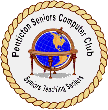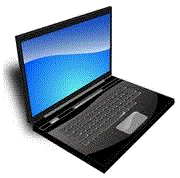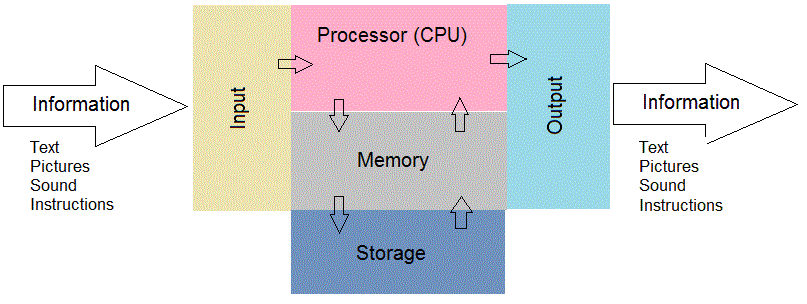 |

|

The Basic Structure of Computers |

|
The following describes the basic overall structure of computers. It will help you understand how to use them.

- Input: devices that allow the user to enter data into the computer. Typical input devices include a keyboard, a mouse, a microphone, a camera and so forth.
Usually, this data enters into the computer to the Processor which simply passes it to the Memory where it is temporarily stored to be available for processing. If the processing is not yet to be done or the data is simply to be stored for future use, the data will be passed from the Memory to Storage.
- Processor: the processor is the electronic circuitry which performs various operations on data. For example, it can do arithmetic with numbers, compare numbers, get numbers from the input or from the memory, send numbers to the output or to the memory. Although the processor can only process numbers, since text, pictures, video clips, and sounds can all be stored a series of numbers, the processor can operate on text, pictures, video clips and sounds.
- Memory: the memory is the place in the computer where short term storage of data takes place. That is, it is where data is stored while it is being processed.
- Storage: the storage is the place in the computer (or sometimes external to the computer) where data can be stored for long periods of time.
In order to be useful, data that has been processed needs to be sent to the computer output.
- Output: devices that allow the user to use the data that has been processed. Typical output devices are a display unit screen, loud speakers or headphones, a printer and so forth.
If some operation is to take place, the data involved is put into the memory either from an input device or from a storage device. Then the processor performs the operation on the data. This operation may include sending the resulting data to the output for viewing or listening by the user.
But how does the processor know what to do during some operation on data?
Step-by-step instructions can be fed into the computer, just like any other data, and put into the memory or storage. These instructions are used by the processor to know what it needs to do to data to process it. A package of instructions is called a program. Like other data, a program consists of a series of numbers (a machine language program). However, a programmer does not usually write a program directly as such a series of numbers. Rather he or she uses some high level programming language to write the instructions and then a particular program (called a compiler) converts it into the actual series of numbers used by the processor.
What is the operating system of a computer?
There are many operations that are necessary for the basic running of a computer. For example, the storing and bringing into operation of user programs. Other such operations include the inputting of data and putting it into storage, the printing of text and pictures on the screen of a computer display unit, the outputting of data, the copying of data, the preparation of a storage device to get it ready to store data and so forth. No programmer wants to have to write the instructions for such operations each time he or she writes a new program. Therefore a group of programs is available and stored in the computer which can be called on when necessary to perform these funtions. This is called an operating system. For personal computers, the most commonly used operating system is Windows. The program of an operating system are usually already installed in a computer when one purchases it.
© 2013 Penticton Seniors Computer Club